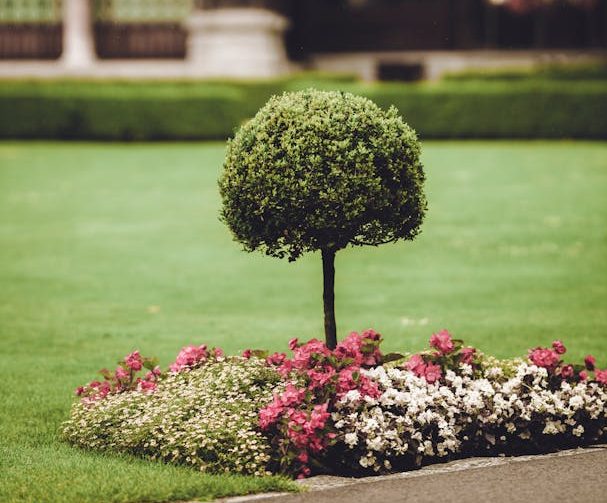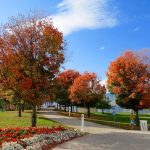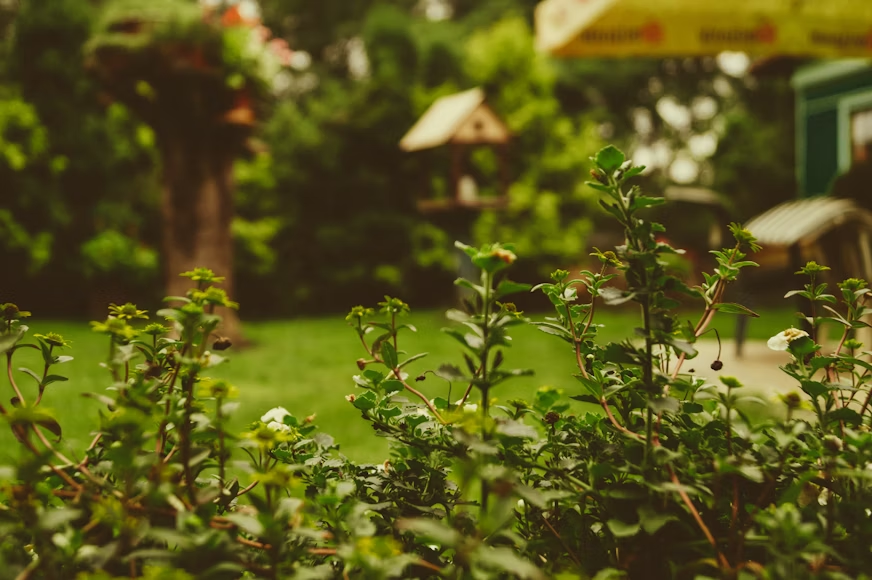As environmental awareness continues to grow, many homeowners are seeking eco-friendly landscaping solutions to reduce their carbon footprint and create sustainable outdoor spaces. How can humans practice sustainability? From water-saving designs to native plantings, there are numerous ways to make your backyard more environmentally friendly.
Eco-Friendly Landscaping 2024
This year savvy homeowners are embracing energy efficiency and eco-friendly design. How can humans practice sustainability this year? Here are some eco-friendly backyard landscaping ideas for 2024:
- Native Plants: Incorporate native plants into your landscaping design to support local biodiversity and reduce water consumption. Native plants are adapted to the local climate and soil conditions, requiring less water, fertilizer, and pesticides to thrive.
- Drought-Tolerant Landscaping: Create a water-wise landscape by choosing drought-tolerant plants and grasses that can survive with minimal irrigation. Replace traditional turf grass with low-maintenance alternatives such as ornamental grasses, ground covers, or artificial turf to conserve water and reduce maintenance requirements.
- Rainwater Harvesting: Install a rain barrel or cistern to collect rainwater from gutters and downspouts for use in watering plants and gardens. Rainwater harvesting reduces reliance on municipal water supplies and helps mitigate stormwater runoff, erosion, and pollution.
- Permeable Paving: Use permeable materials such as gravel, permeable pavers, or porous asphalt for driveways, walkways, and patios to allow rainwater to infiltrate the soil and recharge groundwater. Permeable paving helps reduce stormwater runoff and minimize flooding while promoting soil health and vegetation growth.
- Natural Materials: Choose sustainable and renewable materials for hardscape elements such as decking, fencing, and retaining walls. Opt for reclaimed wood, recycled composite materials, or locally sourced stone and gravel to minimize environmental impact and support eco-friendly manufacturing practices.
- Compost and Mulch: Start a composting system to recycle organic waste from the kitchen and yard into nutrient-rich compost for use in gardens and flower beds. Mulch garden beds with organic materials such as shredded leaves, grass clippings, or wood chips to suppress weeds, retain moisture, and enrich the soil.
- Pollinator Gardens: Create pollinator-friendly habitats by planting a diverse range of flowering plants that attract bees, butterflies, and other beneficial insects. Include native wildflowers, herbs, and flowering shrubs that provide nectar and pollen sources for pollinators throughout the growing season.
- Wildlife Habitat: Design your backyard landscape to provide food, water, shelter, and nesting sites for wildlife such as birds, butterflies, and small mammals. Incorporate bird feeders, bird baths, nesting boxes, and native plantings to create a welcoming habitat for local wildlife.
- Energy-Efficient Lighting: Install energy-efficient outdoor lighting fixtures such as LED bulbs, solar-powered lights, or low-voltage landscape lighting to reduce energy consumption and minimize light pollution. Use motion sensors or timers to control lighting and reduce unnecessary usage.
- Organic Gardening Practices: Practice organic gardening techniques such as composting, crop rotation, companion planting, and natural pest control methods to maintain a healthy and sustainable garden ecosystem. Avoid synthetic pesticides, herbicides, and fertilizers that can harm beneficial insects, soil microorganisms, and water quality.
Contact Pyramid Contracting Today
By implementing these eco-friendly backyard landscaping ideas, homeowners can create beautiful and sustainable outdoor spaces that support biodiversity, conserve resources, and promote environmental stewardship. With a little creativity and commitment to sustainability, you can transform your backyard into a haven for both people and nature.



